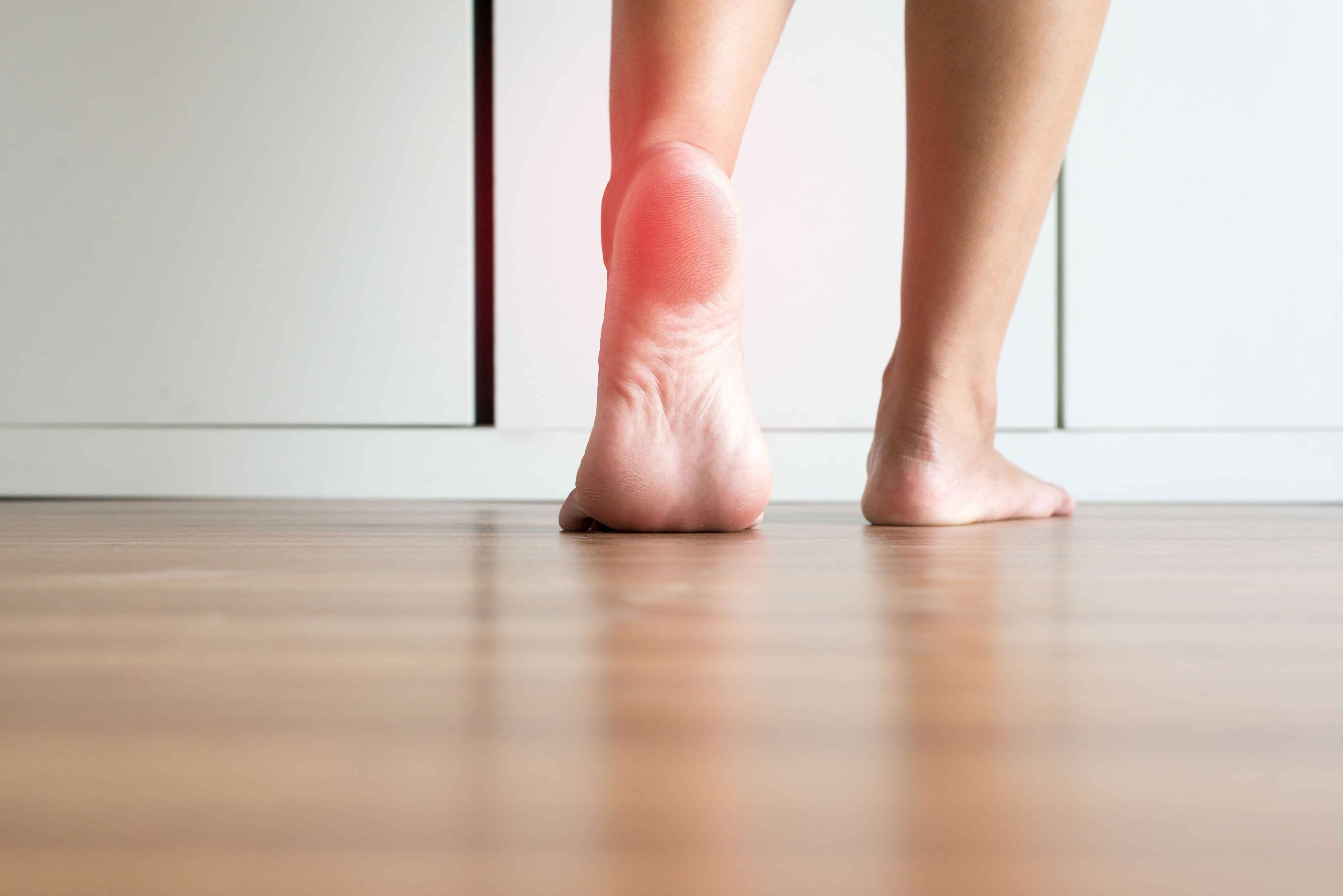Plantar Fasciitis

What is plantar fasciitis, and what are its symptoms?
Plantar fasciitis refers to the inflammation of the plantar fascia, a thick band of tissue connecting the heel bone to the toes. This condition commonly causes stabbing pain in the heel area, especially when taking the first steps in the morning or after prolonged periods of rest. The pain might diminish during activity but can return after extended periods of standing or walking.
The symptoms of plantar fasciitis may vary from person to person but typically include discomfort near the heel that might radiate along the sole of the foot. Some individuals might experience tenderness or a sensation of tightness in the affected area.
What are the common causes or risk factors for developing plantar fasciitis?
Plantar fasciitis often occurs due to repetitive stress or overuse of the plantar fascia, leading to micro-tears and subsequent inflammation. Individuals engaged in activities involving repetitive impact on the feet, such as running, dancing, or occupations that require prolonged standing, are at higher risk. Other risk factors include having a high body mass index (BMI), having flat feet or high arches, wearing unsupportive footwear, and having tight calf muscles.
Additionally, age-related changes in the plantar fascia's flexibility and elasticity might increase the likelihood of developing plantar fasciitis.

How is plantar fasciitis diagnosed?
Diagnosing plantar fasciitis typically involves a thorough physical examination and a discussion of the individual's symptoms and medical history. The healthcare provider may conduct specific tests to assess tenderness and pain points in the foot. Imaging tests like X-rays or MRI scans may be recommended to rule out other potential causes of heel pain, such as stress fractures or heel spurs.
The diagnosis is confirmed based on clinical findings, ruling out other possible conditions causing heel pain.

What are effective treatment options for plantar fasciitis?
Treatment for plantar fasciitis often starts with conservative measures. Resting the affected foot, applying ice to reduce inflammation, and performing stretching exercises for the plantar fascia and calf muscles can help alleviate symptoms.
Orthotic devices, such as shoe inserts or splints, are commonly used to provide support and alleviate strain on the plantar fascia. Physical therapy may be recommended to strengthen the foot muscles and improve flexibility.
In cases of persistent pain, medical interventions such as corticosteroid injections, extracorporeal shockwave therapy, or platelet-rich plasma (PRP) injections may be considered to reduce inflammation and promote healing.
Are there preventive measures or lifestyle changes to manage or avoid plantar fasciitis?
Preventive measures involve wearing supportive footwear that provides adequate arch support and cushioning. Maintaining a healthy weight to reduce unnecessary stress on the feet is beneficial. Gradually increasing the intensity of exercise routines and avoiding sudden changes in physical activities can help prevent overuse injuries.
Stretching the calf muscles and plantar fascia regularly, especially before engaging in activities, can also contribute to preventing plantar fasciitis. Additionally, ensuring proper warm-up and cooldown exercises before and after physical activities can help minimize the risk of injury.


